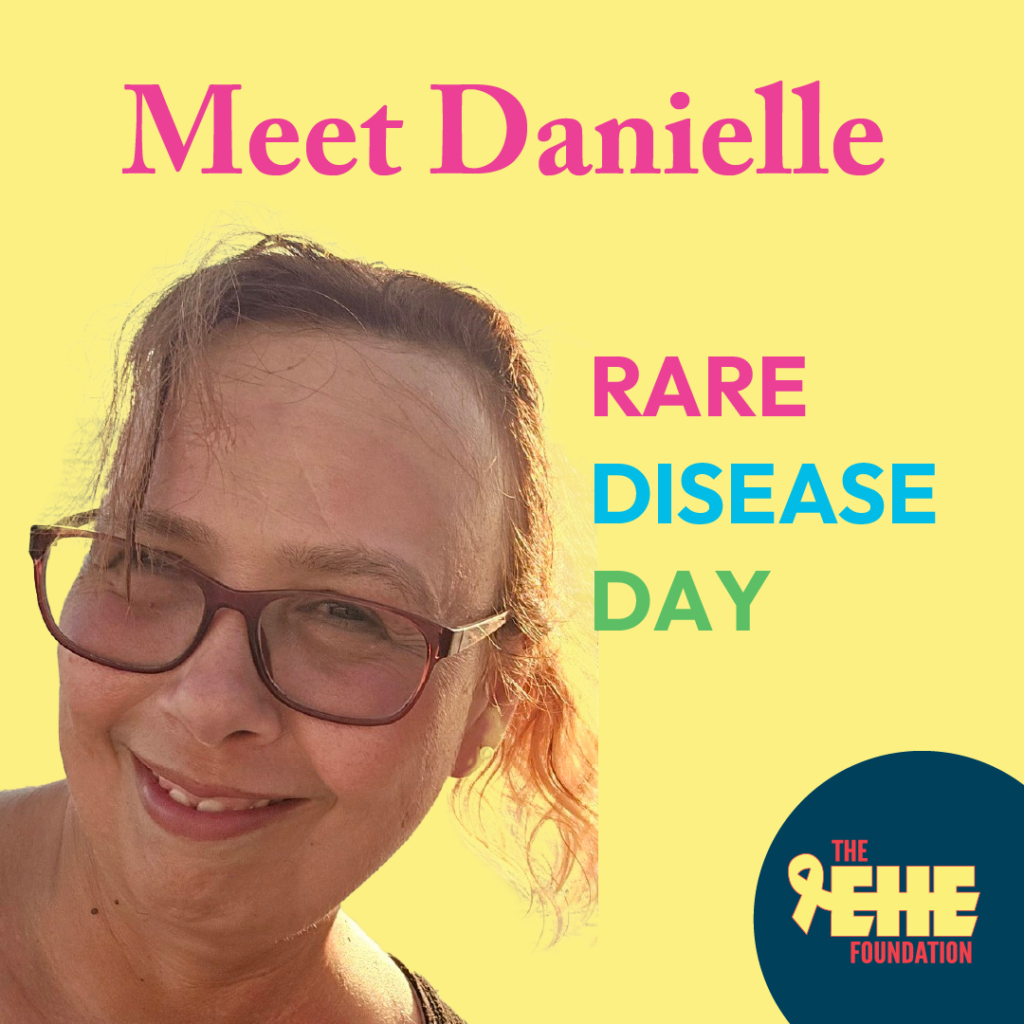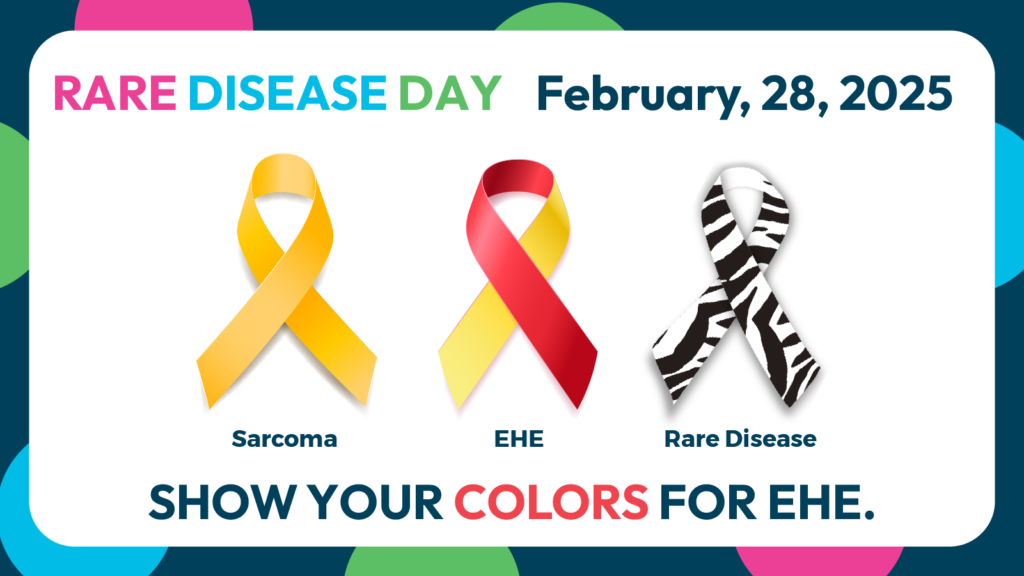Every year, on the last day of February, the world comes together to recognize Rare Disease Day—a global movement to raise awareness, promote research, and celebrate the strength of those living with rare conditions. This year, February 28, 2025, marked another powerful opportunity to elevate voices from across the rare disease community.
At The EHE Foundation, we celebrate Rare Disease Day by sharing the stories of people living with epithelioid hemangioendothelioma (EHE), like Danielle.

Diagnosed with EHE in December 2023, after nearly a year of unexplained pain, Danielle’s journey has included surgery, radiation, and resilience. Her strong faith and positivity shine through as she embraces life with EHE. Her story—and many others—are featured in our Stories of EHE series, where patients and caregivers share their experiences, challenges, and strength.
How rare is EHE?
EHE is an ultra-rare vascular sarcoma. It is estimated that fewer than one in a million people live with EHE. The rate of new cases is approximately 3.8 cases per 10,000,000 people per year. Its rarity means patients often face long diagnostic journeys and few treatment options—something Rare Disease Day helps bring attention to on a global scale.
What’s the Ribbon for EHE?
One of the most common questions we hear is, “What is the awareness ribbon for EHE?” Since EHE is both a vascular cancer and a sarcoma, we’ve adopted a red and yellow ribbon to symbolize our community.
- Red represents blood and the vascular origins of EHE.
- Yellow represents sarcoma awareness.

Together, this bold combination reflects the identity and spirit of the EHE community—strong, rare, and vibrant. While zebra stripes have come to represent rare diseases in general, and yellow represents sarcoma, the red and yellow ribbon is uniquely associated with EHE. No matter which ribbon you wear, your support helps amplify awareness and fuels progress.
Why Awareness Matters

Awareness leads to:
- Shorter diagnostic journeys
- Global scientific collaboration among researchers and clinicians
- Improved patient outcomes
- Expanded global advocacy and more cooperative projects
- Increased research funding
- Improved patient support both in everyday life and in the clinic
We invite you to share Danielle’s story, explore our website, and help spread the word about EHE and other rare diseases. Please also consider a one-time or recurring donation to support EHE research. With every share, conversation, and show of support, we shine a light on the urgent need for treatment options and accelerate research progress aimed at changing lives.

